The nature of Muslim knowledge concerning the West through travel accounts makes for fascinating reading. The eighteenth-century encounters of Munshi Ihtisamuddin and Mirza Abu Taleb Khan, embedded in their travelogues, however, seem very distant and less urgent. With Syed Ahmed, however, begins an entirely new phase with his interplay between Muslims and the West, on the one hand, and between Islam and Christianity, on the other. Even though his portrait of England is sometimes facile, his account of his travels opens the door to new questions, particularly because this was the period when the relations between Europeans and Indians were at the centre of many debates. Consequently, passages in the Musafiran-i Landan introducing ‘Europe’ and ‘England’ are historically important enough to merit attention, since they are not used merely as fulsome descriptions of Western society’s advances, but also contain the germ of the justification for an Anglo-Muslim rapprochement. This makes the Musafiran-i Landan an important source for the construction of the history of an era.
Its English translation, the first ever to be undertaken in full, makes it accessible to those who have no knowledge of Urdu. Although several accounts of ‘India and West’ are available, A Voyage to Modernism is of special significance. Set apart from his later endeavours like the Tahzibul Akhlaq and Asar-al Sanadid, it is the Syed’s impressions caught in A Voyage to Modernism that mattered to all those who knew anything about his standing in public life and his stature as an enlightened reformer in the last quarter of the nineteenth century. This eminently readable translation is enriched by editorial interventions by translators and editors of the work, and supported by rare archival photographs.

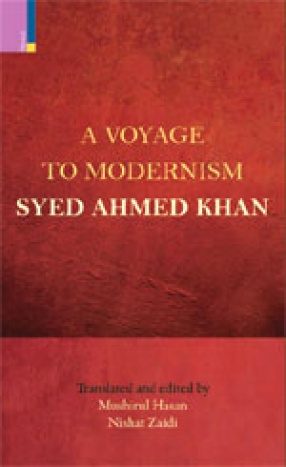
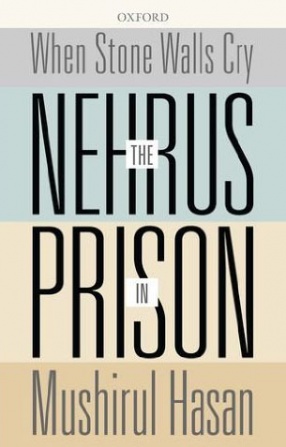
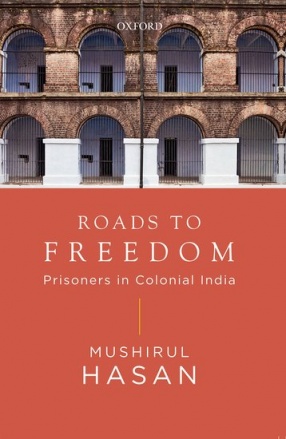
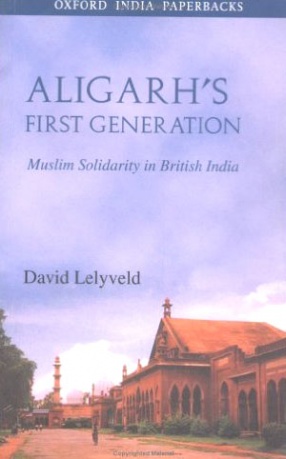
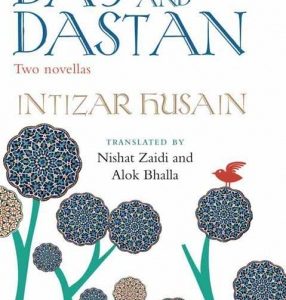
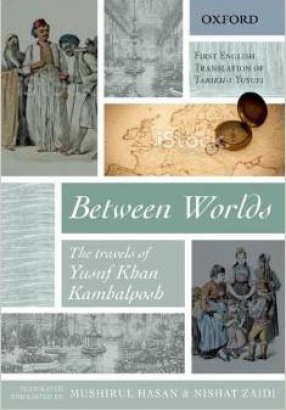

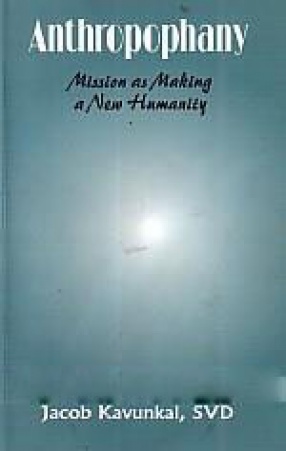
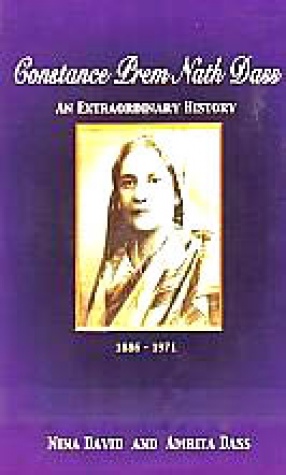
There are no reviews yet.